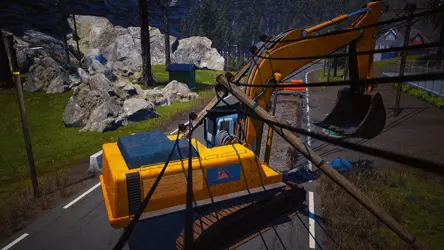Laying cable pipes
Do you know how cable pipes should be laid so as to maintain lasting infrastructure for subsequent insertion or removal of cables in the pipes?

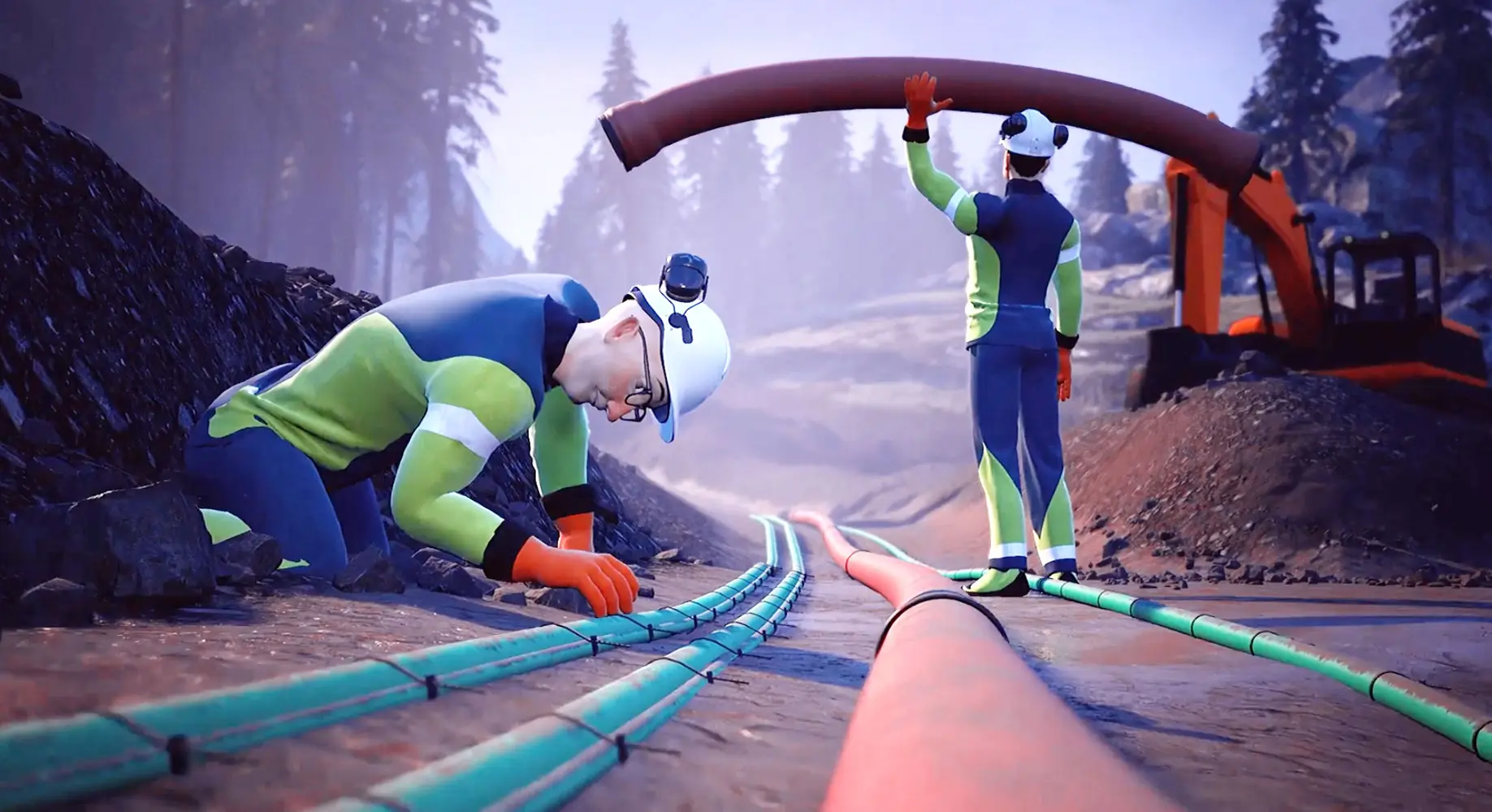

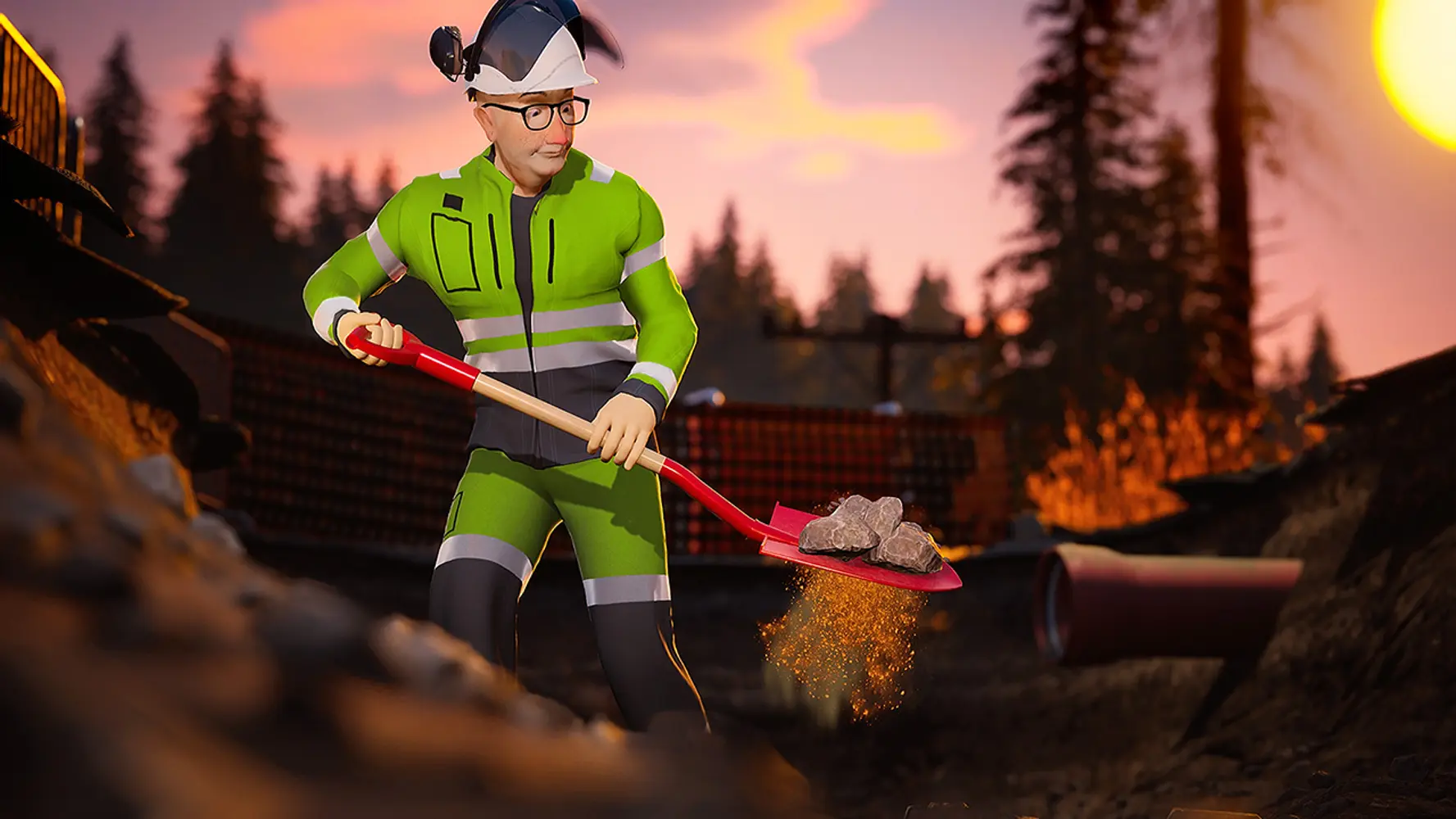
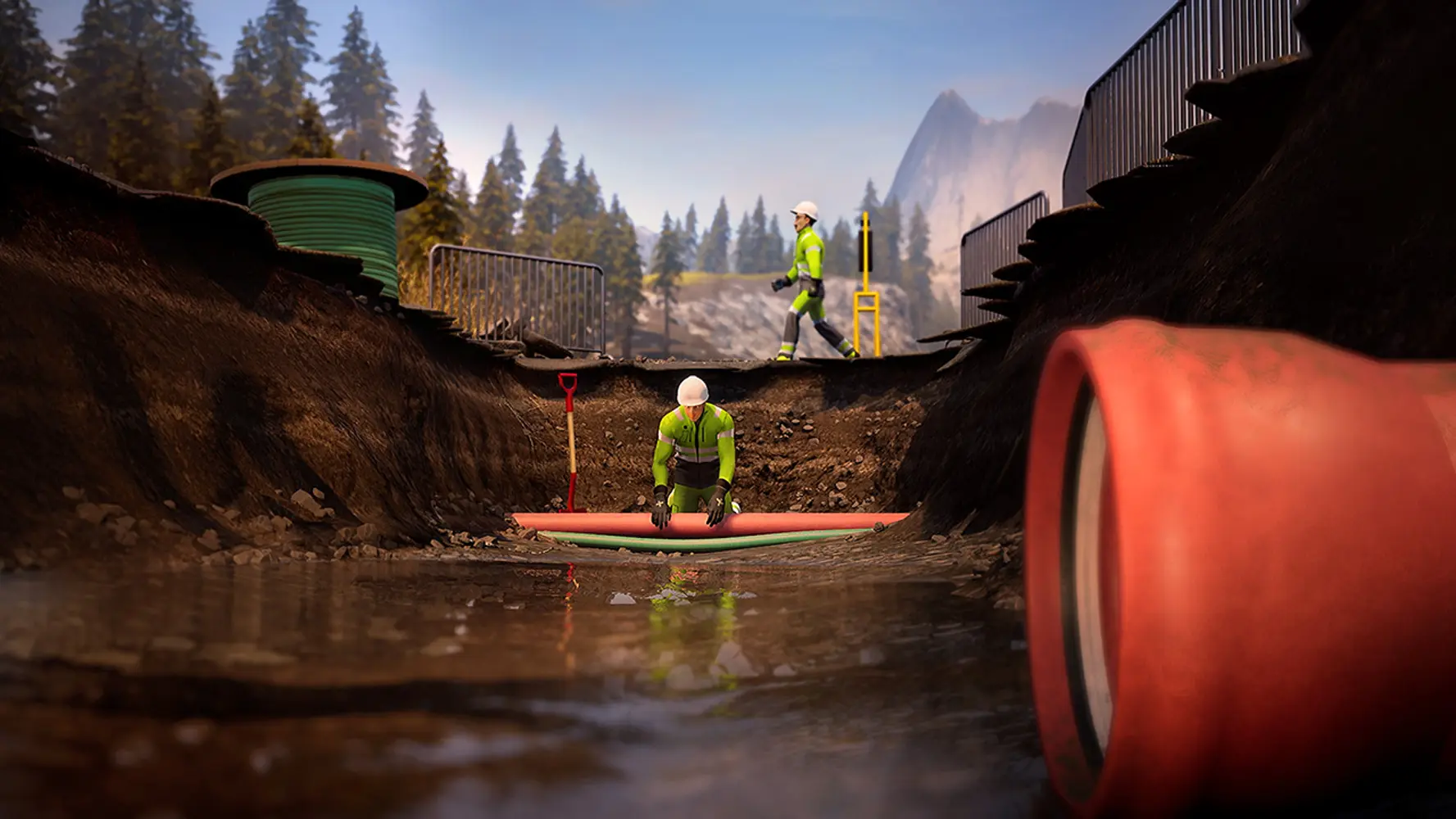
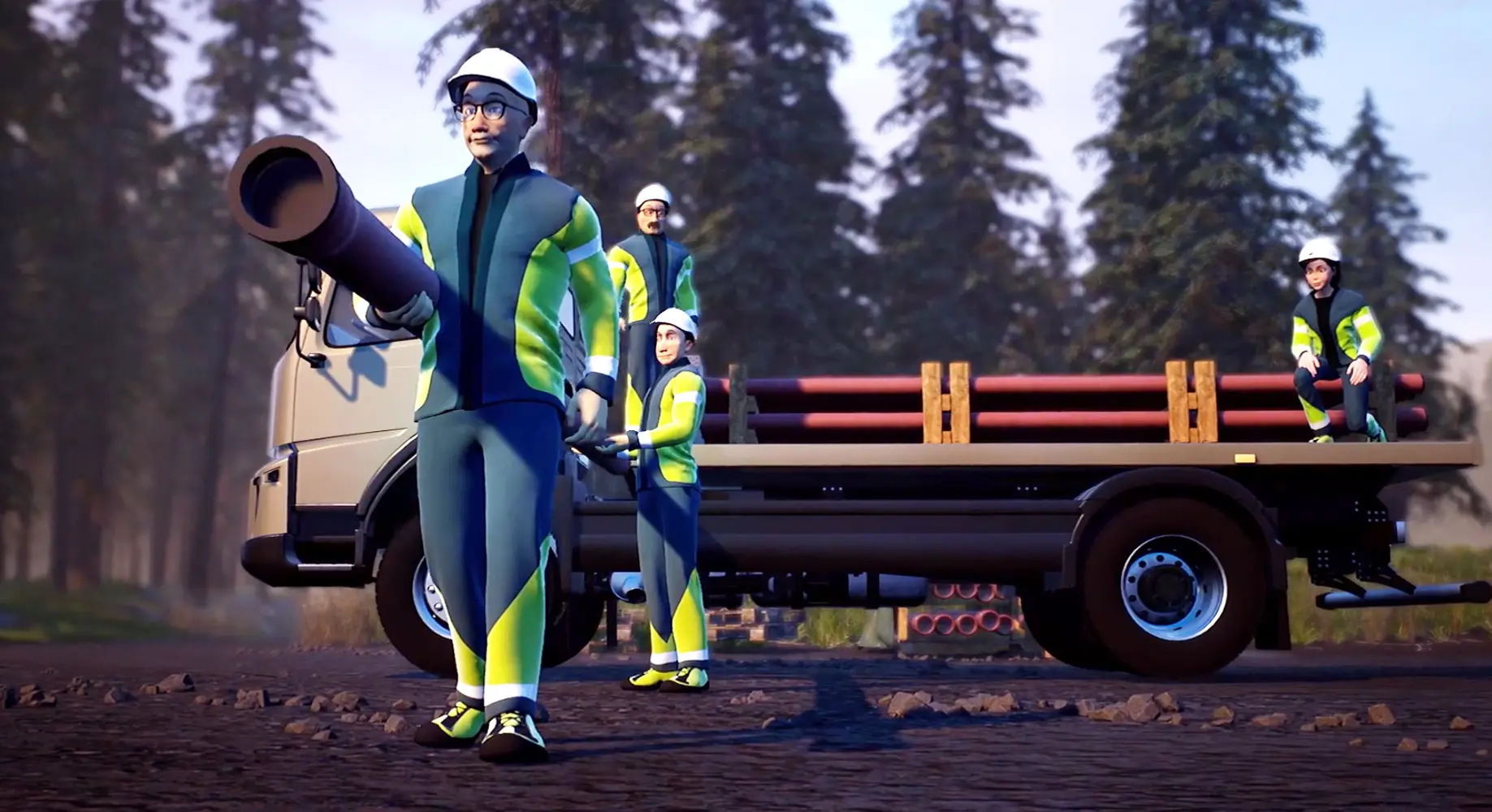
The goal
This course teaches you about the different types of pipes for power cables, and how the pipes should be laid to ensure a lasting infrastructure for subsequent insertion or removal of cables in the pipes. You will also learn how the pipes should be maintained, transported and handled to avoid damage prior to being laid.
The target group
Personnel who excavate trenches, and lay, install and transport pipes. The course will also be useful for planning personnel since it covers requirements associated with pipes, fibreblankets, filling materials, labelling, etc.
The topics covered
- Requirements to types of pipes for power cables
- Colour coding of pipes
- Ring stiffness
- Guidelines for laying and planning
- Guidelines for transport, handling and storage
- Recommended guidelines for preparing trenches
- Guidelines for installation and laying
- Guidelines for cable marking and protection boards
- Guidelines for distances and altering direction
- Covering and filling
- Summary of the most usual types of documentation
The course follows the recommendations set out in RENblad 9010 Version: 1.4.
Technical information
System requirements
This course can be completed on a computer, tablet, or smartphone – whenever and wherever it suits you. To ensure the best possible experience, we recommend using an up-to-date web browser (such as Google Chrome, Microsoft Edge, Safari, or Firefox) and a stable internet connection with a minimum speed of 5 Mbps. If you are using a mobile network, a 4G connection or higher is recommended.
Course manual
No, a course manual is not included for this course.
Do you have questions?
We understand how important proper training is to ensure a safe work environment, and we are dedicated to delivering the most effective training in electrical safety.
If you have questions about this product or want more information about our offerings, our experts are here to help you find the right course for you or your team.
Contact us
Related courses
At Trainor, we create custom-designed, animated films to create engaging content that provides you with exceptional learning experiences. In a world that demands increasing competence, efficiency, and sustainability, we offer high-quality digital training that meets industry needs and expectations and engages professionals worldwide.
If you have questions about this product or want more information about our offerings, our experts are here to help you find the right course for you or your team.
Read moreWith the Trainor app, you can take eLearning courses directly from your mobile or tablet, even if you don't have coverage. The app is free, and you log in with the same username and password you usually use on trainor.no.


